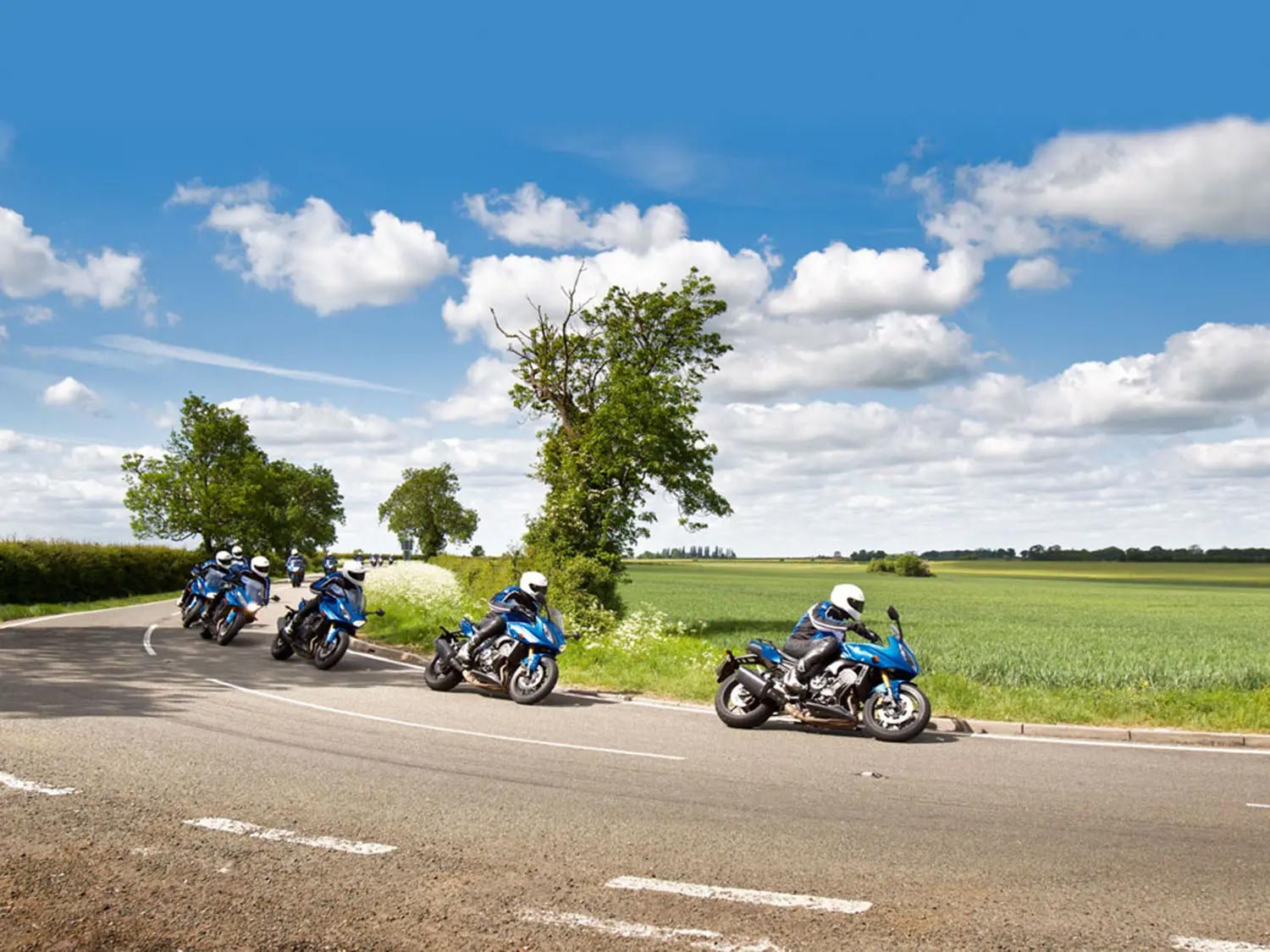Countersteering on a motorcycle; it’s the stuff of legends. Forget King Arthur, the Bermuda Triangle, or minotaurs—the amount of misinformation, arguments, and lip flapping that goes on around the subject beggars belief and dwarfs them all. In fact, I’d wager a decent chunk of my hard-earned money that some armchair expert with a self-awarded physics degree leaves a long-winded comment below telling me how I’m completely mistaken about the practice and then calls me hopelessly misinformed. And if that’s the case, so be it.
But the facts remain. Steering on a motorcycle can be counterintuitive for beginner riders–especially those who’ve had a decent amount of experience driving a car, where the wheel is turned in the direction the driver wishes to go.
To be more specific, if a driver were to push their palm against the right-hand side spoke of a car’s steering wheel to initiate a counterclockwise rotation of the steering wheel, the car would turn to the left. But do the same on the handlebars of a motorcycle and the end result will be the bike changing its direction of travel to the right. Why’s that?
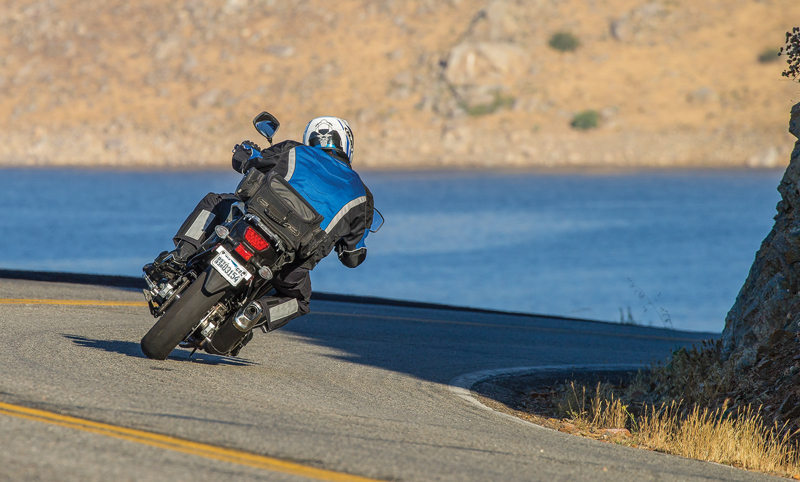
It’s Not Rocket Science—It’s Motorcycle Science
The discussion of the subject tends to descend into farce as many “experts” claim you can’t countersteer on a motorcycle. Myself and Wikipedia disagree; and while we could split hairs until the cows come home, what these people fail to understand is that this is an essential lesson for new motorcyclists.
In a moment of panic, you aren’t going to run through a series of complex physics theories about rotational torque and moments of inertia. Instead, you’ll need a simple action that you can commit to muscle memory to get you out of trouble. Luckily, if you know how to ride a bicycle, you’ve probably already mastered the art and you’ll just need to practice it.
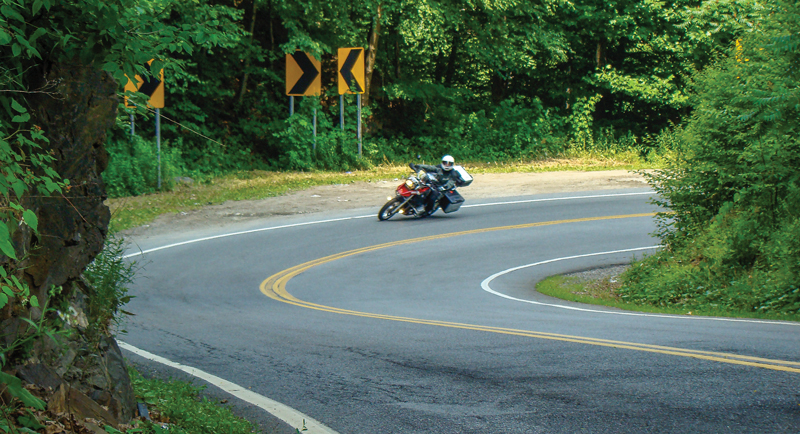
Here’s what Wikipedia says about the subject:
“Countersteering is used by single-track vehicle operators, such as cyclists and motorcyclists, to initiate a turn toward a given direction by momentarily steering counter to the desired direction (“steer left to turn right”). To negotiate a turn successfully, the combined center of mass of the rider and the single-track vehicle must first be leaned in the direction of the turn, and steering briefly in the opposite direction causes that lean. The rider’s action of countersteering is sometimes referred to as “giving a steering command”.
Now I promise, that’s as technical and nerdy as I’m going to get. But what I do want you to remember from that mouth full of words is that leaning is an integral part of countersteering. That’s it.
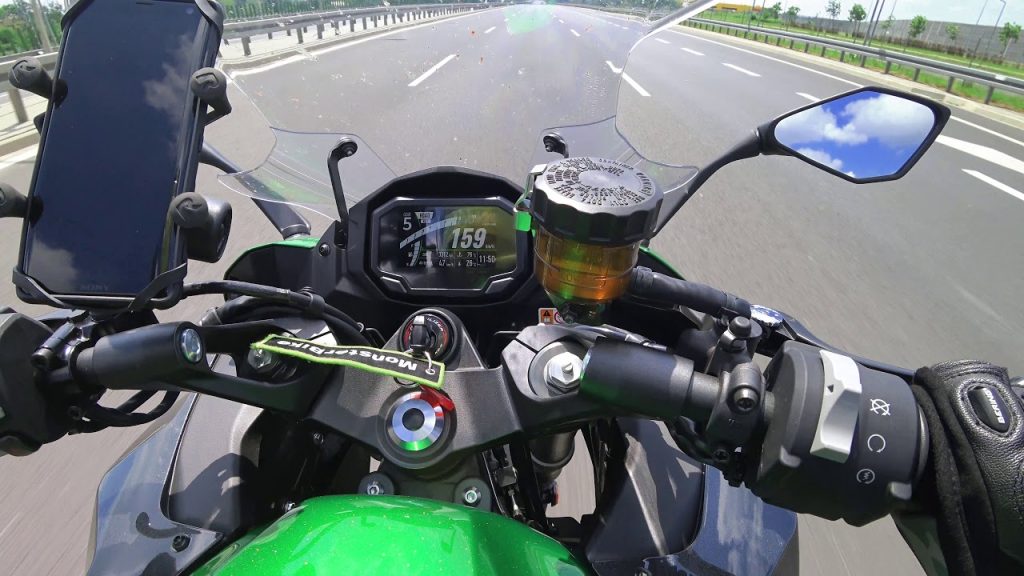
Let’s Counter-Practice
So let’s start with the basics. Find yourself a quiet road (or better yet, an empty car park) and get the bike up to a decent speed without going too fast—let’s say 15 mph (25 km/h). Now while remaining safe and watching for people and other vehicles, open your hands so that you are resting the palms on the grips.
Make like you’re about to do push ups, with your palms facing forward and slightly downwards. Now push on the right grip with your right palm while doing nothing with your left hand but moving it to keep it in contact with the left grip. Now pay close attention to what happens. The balance of the bike will change and the net effect will be that the bike will change direction to the right.
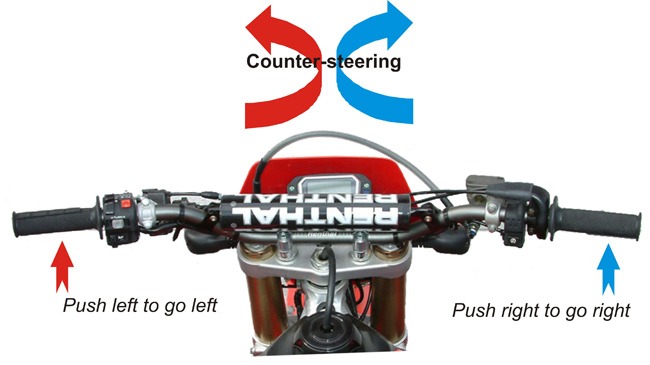
You’ve probably seen other motorcyclists do a similar little series of wiggles on the road before–mostly when they are getting comfortable on the bike after just setting off. Think of it as a little mental practice and/or a reminder for them that jogs the brain as to what’s what and serves to reestablish the “push right to go right” principle in their heads.
Similarly, once you’ve thoroughly practiced it in solitude, it’s perfectly acceptable to do it on the road like these riders to refresh your muscle memory. Just keep it subtle and definitely don’t do it in traffic or in any situation where you might need to stop suddenly.
Don’t Just Do It. Know It.
Of course, it’s a whole bunch more complex than what I’ve just described, but there’s no point getting all Stephen Hawking on it, as you’ll need to be able to do it instinctively. As I said, it’s the very same technique you use on a bicycle to turn. The strange reality here is that most riders of either mode of transport don’t know they do it, which isn’t exactly ideal in emergency situations.
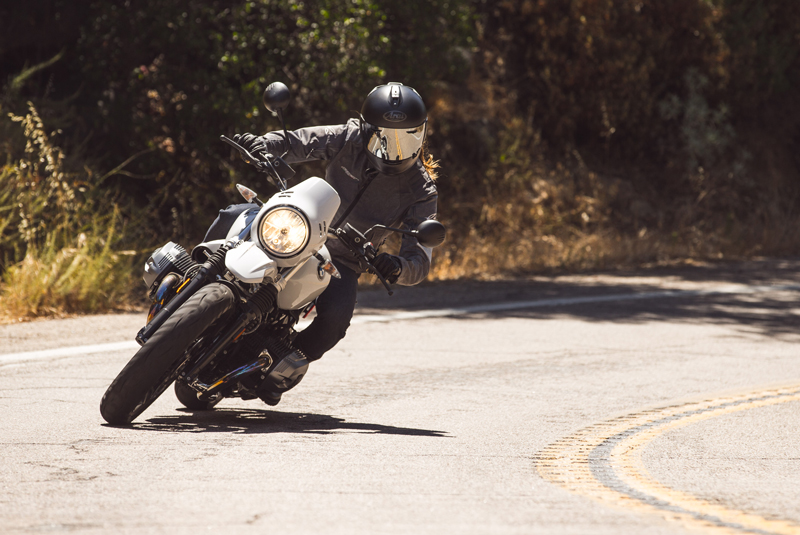
“I have asked dozens of bicycle riders how they turn to the left. I have never found a single person who stated all the facts correctly when first asked. They almost invariably said that to turn to the left, they turned the handlebar to the left and as a result made a turn to the left. But on further questioning them, some would agree that they first turned the handlebar a little to the right, and then as the machine inclined to the left, they turned the handlebar to the left and as a result made the circle, inclining inward.” – Wilbur Wright
To add to the technique, practice this: when you’re turning to the right, you can push the bar, lean towards it with your body and also add a little weight to the right-hand side footpeg. Obviously the same goes for the left, with all the directions shifted to that side. This will complement the lean you’ve induced in the bike and once you get it down pat, the whole process should feel comfortable, natural and safe. Chances are, if you’ve been riding a bike for more than a few hours, you’re probably doing this already.
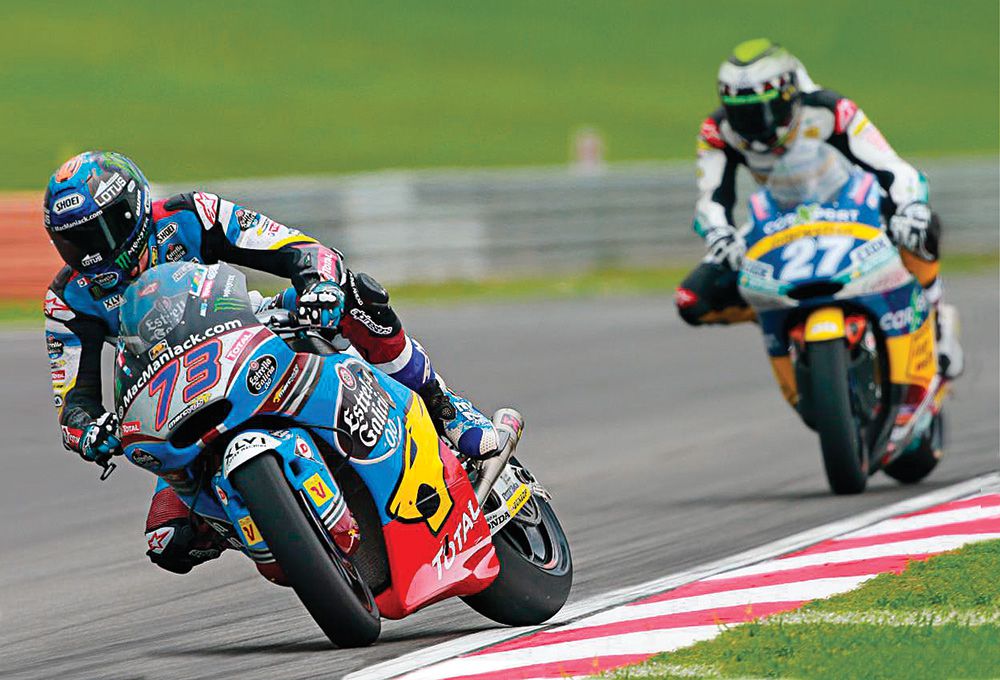
Now Practice It
The only thing left is to commit this process to muscle memory, so that when you’re totally committed to a corner and you suddenly see a truck coming the other way with its wheels over the line and looking like it’s WAY too close, you won’t lose your cool and let bad habits like target fixation take over. For a hard but important lesson on how a new rider who lacks an understanding of countersteering can combine that issue with target fixation for some very serious results, watch this video. Don’t worry, the rider survived—but this is an excellent analysis of what happened.
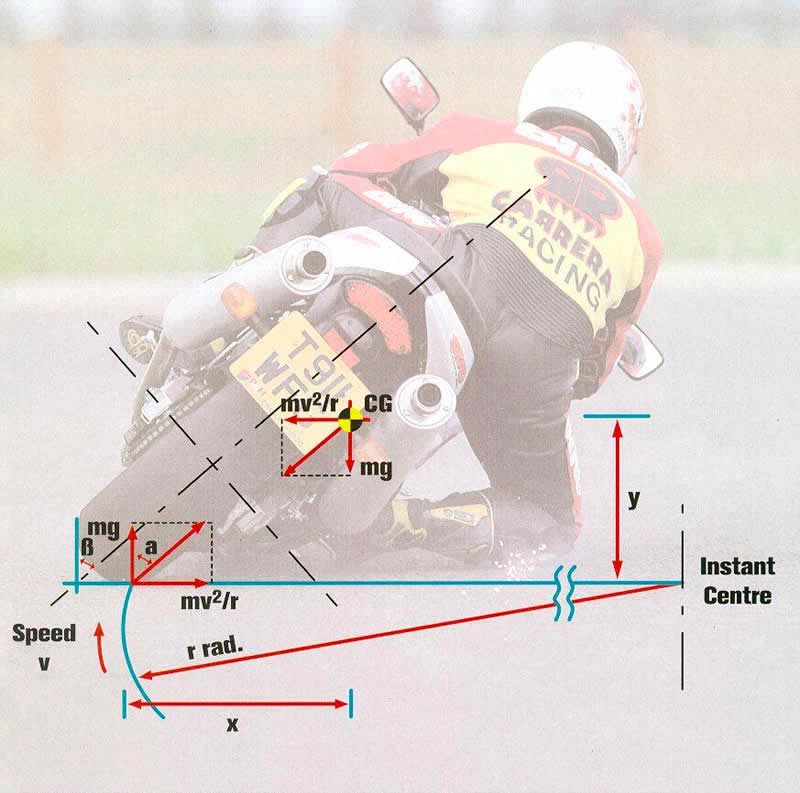
Make sure you watch the slow motion replay for that video above, too. You can actually see the rider fighting the bike and in a moment of panic, unintentionally causing an accident they could have easily avoided with a little more training. Remember kids, look where you want to go, and definitely NOT where you are trying to avoid going. Yes, that big red truck is hard NOT to look at, but as with all things motorcycle, you want to practice it before you need to use it and not during.
In Summary
So there you have it. One of the most important lessons you’ll learn while riding your motorcycle. Go out into the big, wide world and practice. And then practice it again. And while you’re at it, practice it a little more. Push. Lean. Look. And to all your mates or those anonymous people on social media who know better, please take it with a grain of salt.
If you can’t commit it to muscle memory and use it to get out of a potentially serious situation, then I’d suggest it’s not worth the time or confusion. Push right to go right. Push left to go left. It doesn’t get any easier than that.
Are you a new rider looking for more information? Check out our beginner motorcycle guides.

